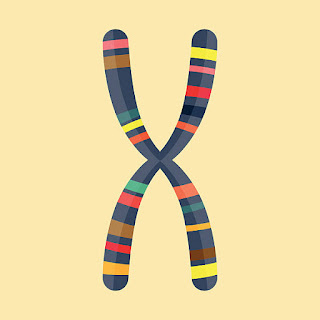Lysosomes (Structure and Function)
(
Lysosomes in Urdu)
lysosomes
The word lysosome is taken from Greek word (Lyso= digestive,splitting+ soma=body)
so, they are concerned with breaking activities. These are present in most animals and few plants cell .
They are absent in bacteria and mature mammalian erythrocyte.
Structure
Lysosome are 0.5 to 0.2 micro metre in size.
They are bounded by a single membrane, this membrane forms a simple check and this sac contains several hydrolytic enzymes like acid phosphatase.
According to a recent estimate a lysosome contain up to 40 types of hydrolytic enzymes.
All lysosomal enzymes are acid hydrolysis optimally active at the pH 5 maintained within lysosomes.
Formation
They are formed by Golgi bodies.
Kinds of Lysosomes
Morphologically there are four types.
The first is primary lysosome and other three (heterophagosome, autophagosome And residual bodies) have been grouped together as secondary lysosome.
Disease (storage Disease)
Over 30 disorder have been reported.
several inborne disease are caused due to accumulation of certain substance like glycogen and glycolipids.
These disease are caused due to mutation (change in gene).
Glycogenesis Type ii
In this disease the enzyme which breaks the glycogen into glucose is absent so glycogen is filled in the membranous bound organelles of the cells of the muscle and liver cells.
Tay Sach's disease
In this disease the enzymes which are involved in the Catabolism of lipid are absent.
It causes accumulation of lipids in brain cells.
This disease may cause mental retardation and even death.
Gaucher's Disease
Liver and spleen enlargement, erosion of long bones, mental retardation in infantile form only.
Krabbe's Disease
loss of myelin, mental retardation, death by Age 2.
Lysosomes in Urdu
Related Article
Endoplasmic reticulum
Lysosomes
Cell wall
Centrosome and Golgi bodies
Molecular motors
Nucleus
Cytoskeleton
Mitochondria
Plasma membrane




Comments
Post a Comment